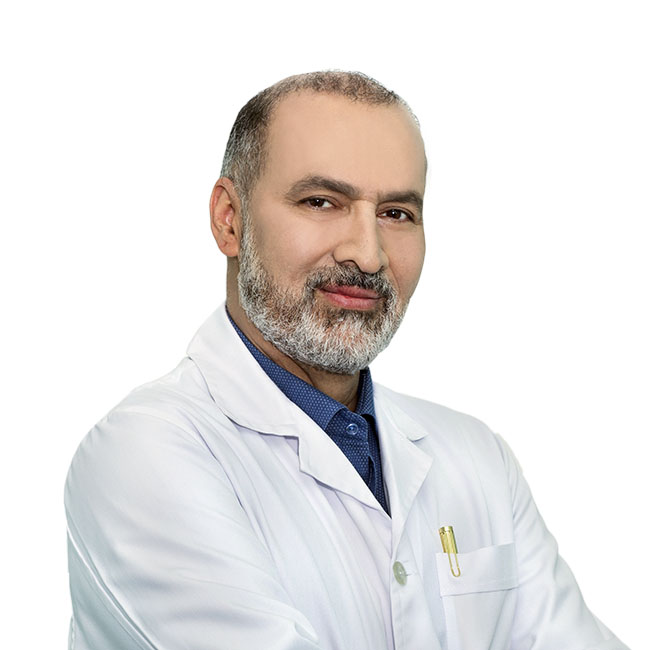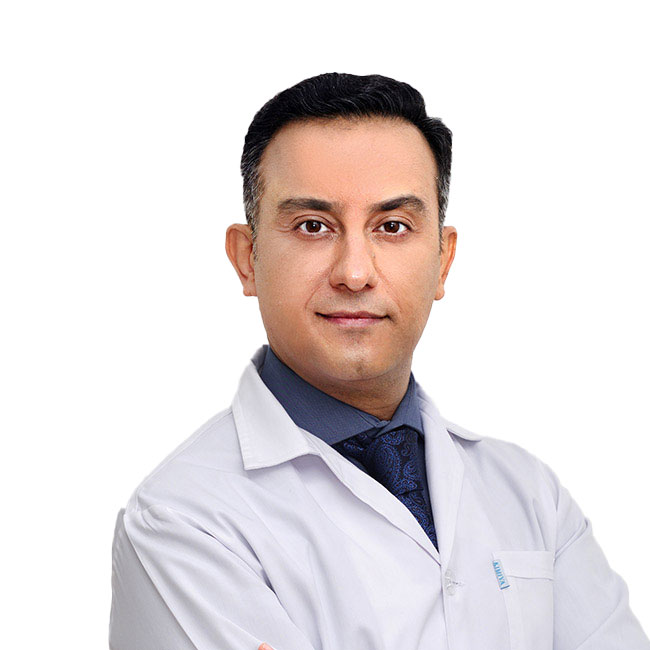Skin Resurfacing Lasers
Skin resurfacing lasers, also known as regenerative lasers, are a cutting-edge approach to diminish skin wrinkles and irregularities such as blemishes or pimples. Employing direct and precise light rays, these lasers meticulously remove the skin layer by layer, a technique commonly referred to as laser ablation, skin laser, or vaporization laser.
Ideal candidates for laser resurfacing are individuals with regular lines and wrinkles around the eyes, mouth, or forehead, as well as those with thick acne scars or unresponsive skin after skin tightening surgery. However, individuals with acne or very dark skin are not suitable candidates for this procedure, and it is not recommended for addressing stretch marks. Before proceeding with resurfacing lasers, it is essential to consult a qualified dermatologist.
The regenerative lasers mainly employ two models: carbon dioxide and erbium lasers. Carbon dioxide lasers have been utilized for years to treat various skin conditions, including wrinkles, warts, and enlarged sebaceous glands. The latest versions of carbon dioxide regenerative lasers utilize minimal light waves or fixed light beams in scanning methods to gently remove a thin skin layer, resulting in minimal damage. Recovery from this procedure typically takes about two weeks.
Erbium lasers, on the other hand, are designed to address flat surfaces and relatively deep lines and wrinkles on the face, hands, neck, or chest. They offer the advantage of causing less damage to surrounding tissues, resulting in fewer side effects such as swelling and redness. Erbium lasers also have a shorter recovery time, often around a week, making them particularly suitable for individuals with darker skin tones.
Prior to undergoing laser resurfacing, it is crucial to consult a skilled plastic surgeon experienced in working with these lasers. The doctor will assess your medical history, overall health, and desired outcomes to determine the most suitable laser for your specific case. Preparing for the procedure may involve discontinuing medications like aspirin, ibuprofen, and vitamin E that can cause bleeding, as well as refraining from smoking to aid in a smoother recovery process.
In general, fractional laser resurfacing is an outpatient procedure that does not require an overnight stay. The duration of the treatment depends on the area being addressed, and local or general anesthesia may be used to ensure patient comfort. Following the procedure, proper wound care is essential for optimal healing, and the new skin should be kept moisturized.
While the resurfacing process does not yield perfect skin, it can significantly improve the overall appearance of the treated areas. However, there are some risks associated with this method, including burns or injuries caused by lasers, changes in skin color, bacterial infections, and the formation of milia (small white bumps). Nonetheless, with careful consideration and professional supervision, regenerative lasers can be a valuable tool for skin rejuvenation and refinement.



